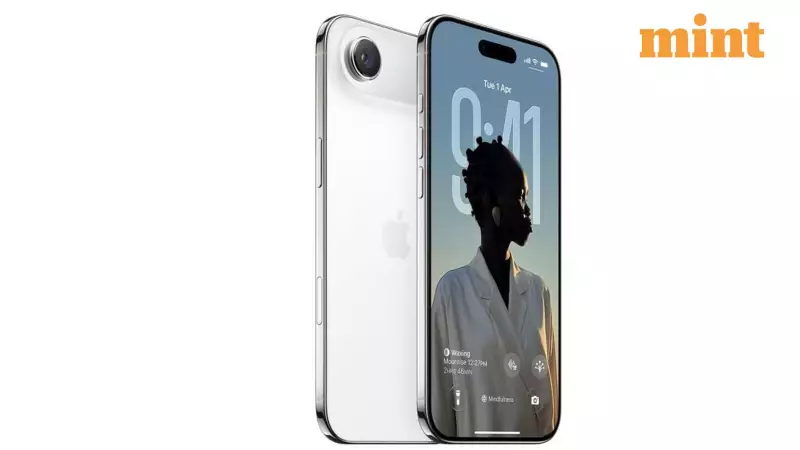
In a significant strategic shift, Apple has decided to push back the launch of its next-generation iPhone Air, which was originally scheduled for autumn 2026. This decision comes as a direct response to the disappointing market performance of the current iPhone Air model that debuted in 2025.
Market Response Forces Apple to Rethink Strategy
The development was first brought to light by The Information on Monday, with the publication citing reliable sources familiar with Apple's internal discussions. The iPhone Air, introduced in 2025, was marketed as a sleeker and lighter alternative within Apple's premium smartphone portfolio.
However, the device's ultra-thin design came with noticeable compromises that ultimately limited its consumer appeal. The model featured a smaller battery capacity and reduced camera capabilities compared to other flagship iPhones, making it less attractive to practical-minded buyers.
While Apple targeted customers preferring minimalist aesthetics, industry analysts observed that the trade-offs significantly restricted the device's market potential. Market watchers confirmed that consumer demand has fallen substantially short of Apple's initial projections, forcing the company to reconsider its product development timeline.
Regulatory Challenges in Chinese Market
The iPhone Air faced additional hurdles in one of Apple's most crucial markets - China. The device's rollout encountered regulatory obstacles that further complicated its global distribution strategy.
In October, Apple officially announced that pre-orders for the iPhone Air in China would commence only after local telecommunications operators received necessary approvals for eSIM services. Unlike other iPhone models available in the region, the Air variant in China was sold exclusively with eSIM support, completely eliminating the traditional physical SIM tray.
This move represented Apple's continued push toward fully digital connectivity solutions, though it created dependency on regulatory clearances that delayed market availability.
Technical Specifications and Market Position
The current iPhone Air model boasts a 6.5-inch ProMotion 120Hz Super Retina XDR display with impressive technical credentials. The device delivers 3,000 nits of peak brightness and offers twice the outdoor contrast ratio of previous generations.
Apple equipped the phone with Ceramic Shield 2 protection on both front and back surfaces, claiming it provides superior toughness compared to any other smartphone glass available. The company also emphasized that this protection offers three times better scratch resistance and improved anti-reflection capabilities over earlier versions.
Despite its slim profile, the iPhone Air maintains flagship-level performance through the A19 Pro processor, identical to the chipset powering the iPhone 17 Pro series. This advanced chipset incorporates a 6-core CPU and 5-core GPU capable of handling demanding AAA gaming titles.
Each GPU core integrates a neural accelerator, which Apple claims delivers up to three times more peak GPU performance than the previous generation, making it ideal for running sophisticated on-device generative AI features.
The camera system, while simplified compared to other models, includes a 48MP single rear lens with optical-quality 2x telephoto zoom capability. The front-facing camera features an 18MP autofocus shooter designed to produce sharper and more versatile selfies.
This postponement represents a rare strategic adjustment for Apple's typically well-orchestrated iPhone release calendar, which usually follows a predictable annual cycle across multiple models. The company now faces the challenge of reevaluating its approach to the slim-form-factor smartphone segment while addressing the market feedback that has prompted this significant delay.





